
Short Activities
Short activities are brief hands-on experiences lasting less than 15 minutes for small groups of people.
They are often presented at a table, cart, or demonstration space in a variety of settings such as a museum exhibit gallery, classroom, or other public or group setting. Multiple short activities can be combined to form a longer activity.
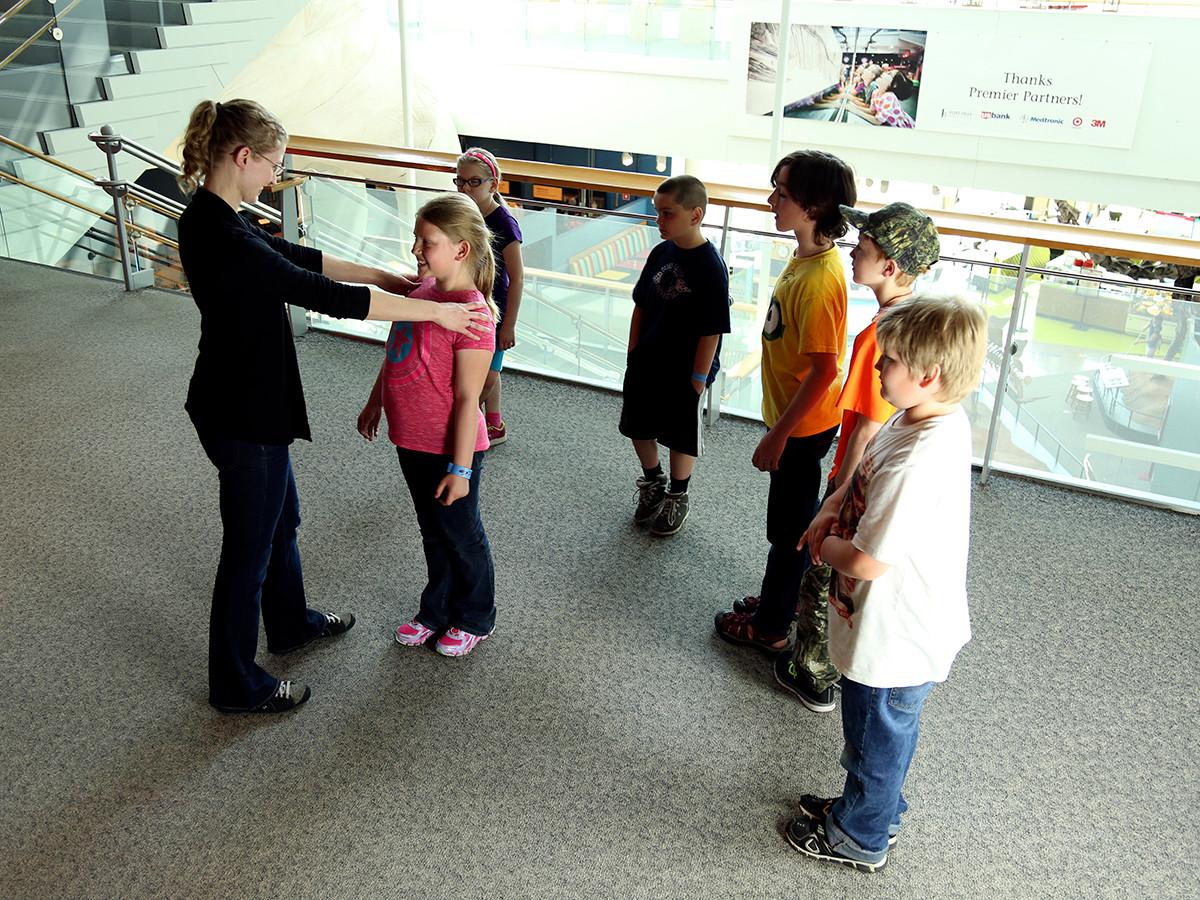
Systems Scramble
In this activity, learners will have conversations about how systems work, and how we can work together to better understand systems and work toward creating a more sustainable future.
Product
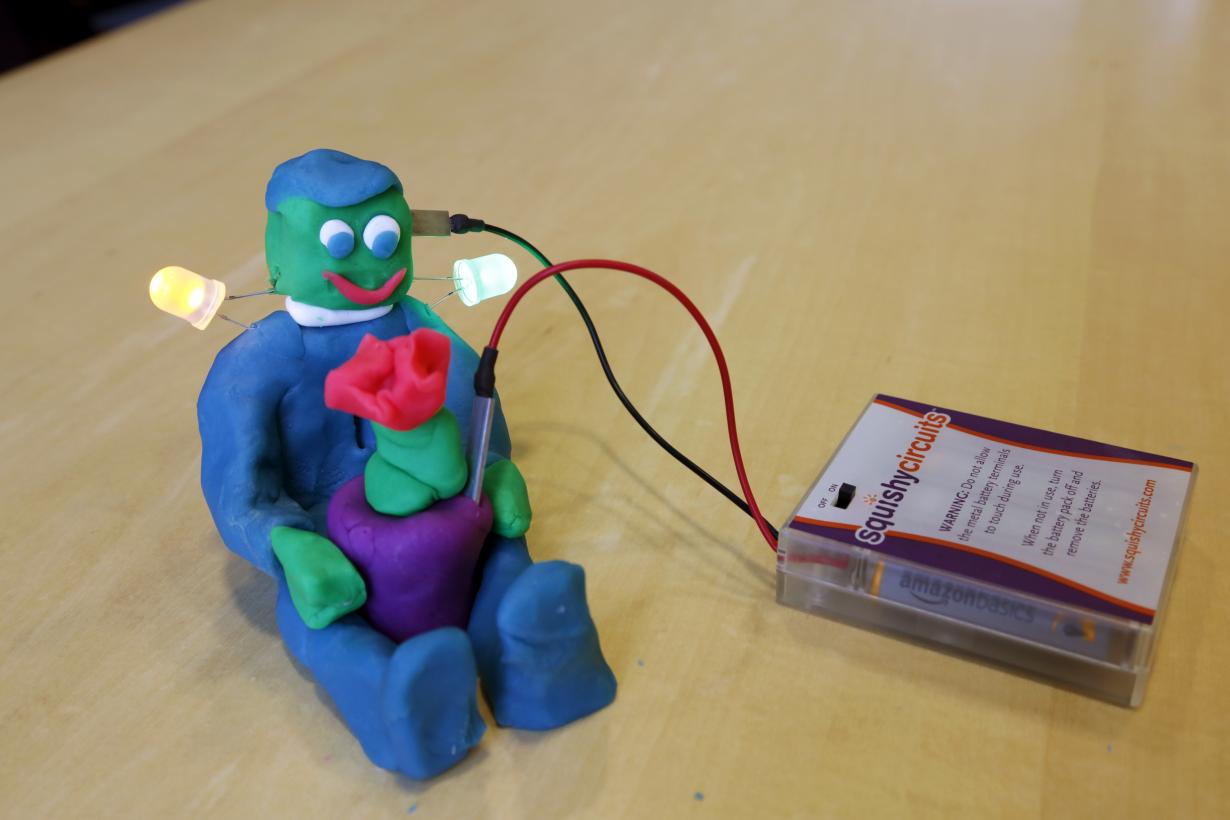
Dough Creature
In this activity, learners experiment with conductive dough to make a creature and use it to create an electrical circuit.
Product

Chemistry is Colorful
In this activity, learners try to solve the mystery of which ink came from what marker by using colorful paper chromatography.
Product

Exploring the Solar System: Mission to Space board game
In this activity, learners play a board game in which they represent a team of scientists and engineers sending a spacecraft on a mission to space.
Product

Neuro Futures Card Game
Prioritize cards with new neurotechnologies according to your own values and the values of others.
Product
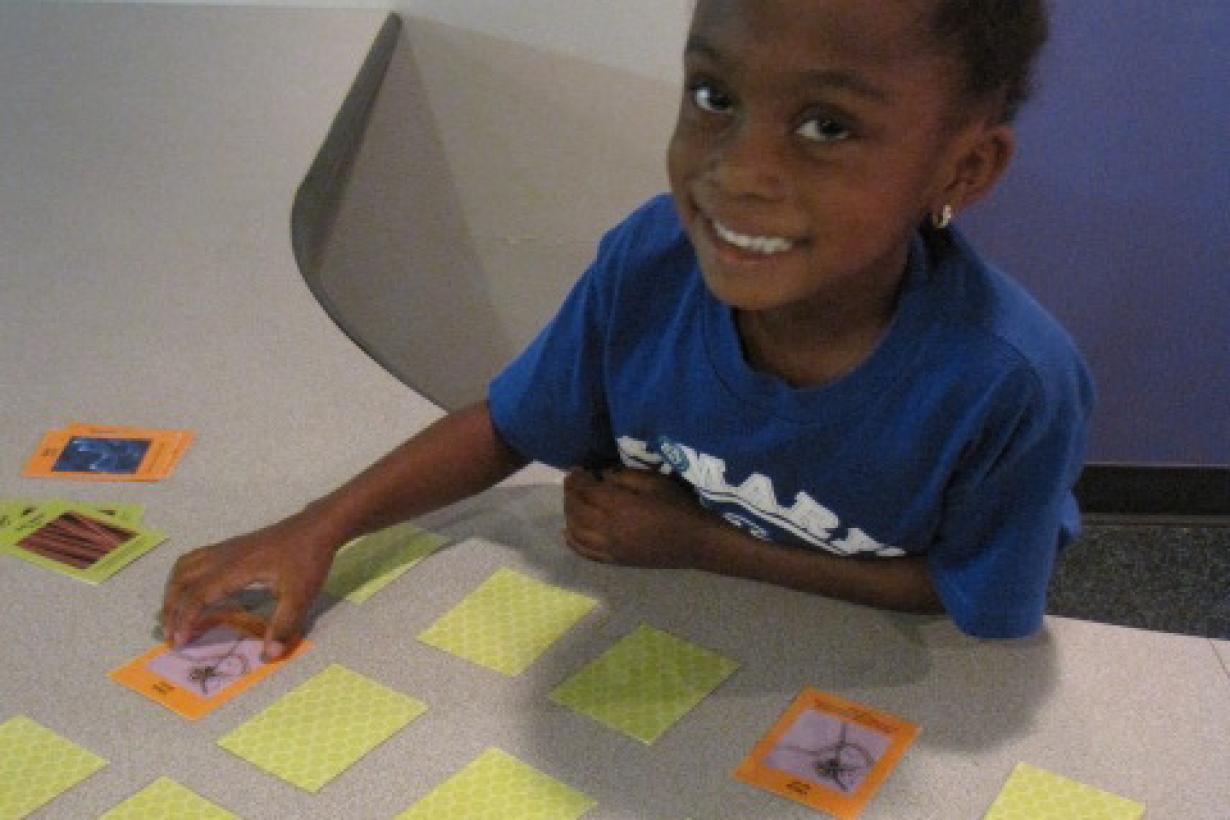
Exploring Size - Memory Game
In this activity, learners play a card game exploring the different size scales - macro, micro and nano - objects within these different scales and the way these objects are measured.
Product

Biomimicry: From Nature to Nanotech
In this long activity, learners will engage in activities showing various natural phenomena that scientists and engineers have emulated to address human problems.
Product
Invisible Sunblock
In this activity, learners compare nano and non-nano sunblock products to discover the effect of particle size on visibility.
Product
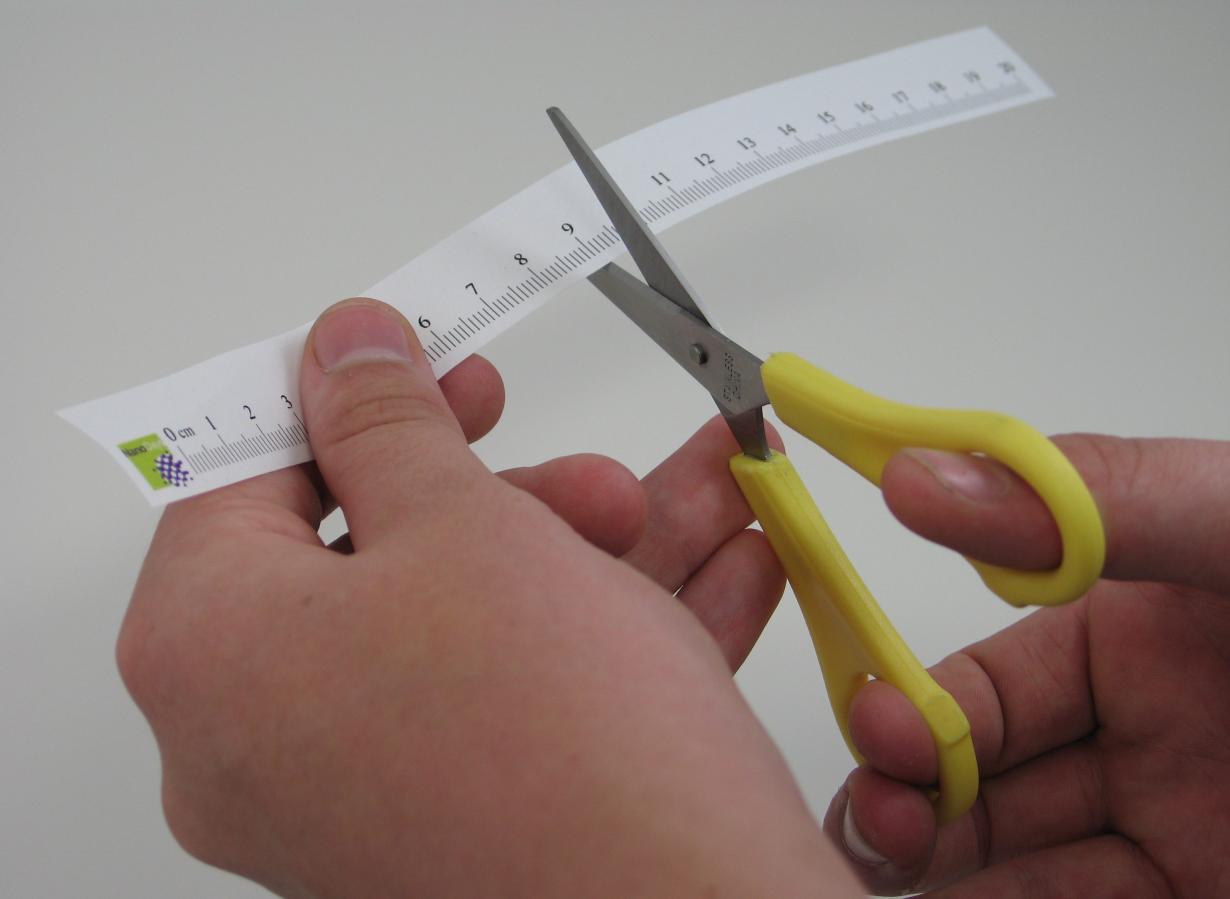
Exploring Size - Tiny Ruler
In this activity, learners investigating just how small a billionth of a meter is by repeatedly cutting a paper ruler in half.
Product
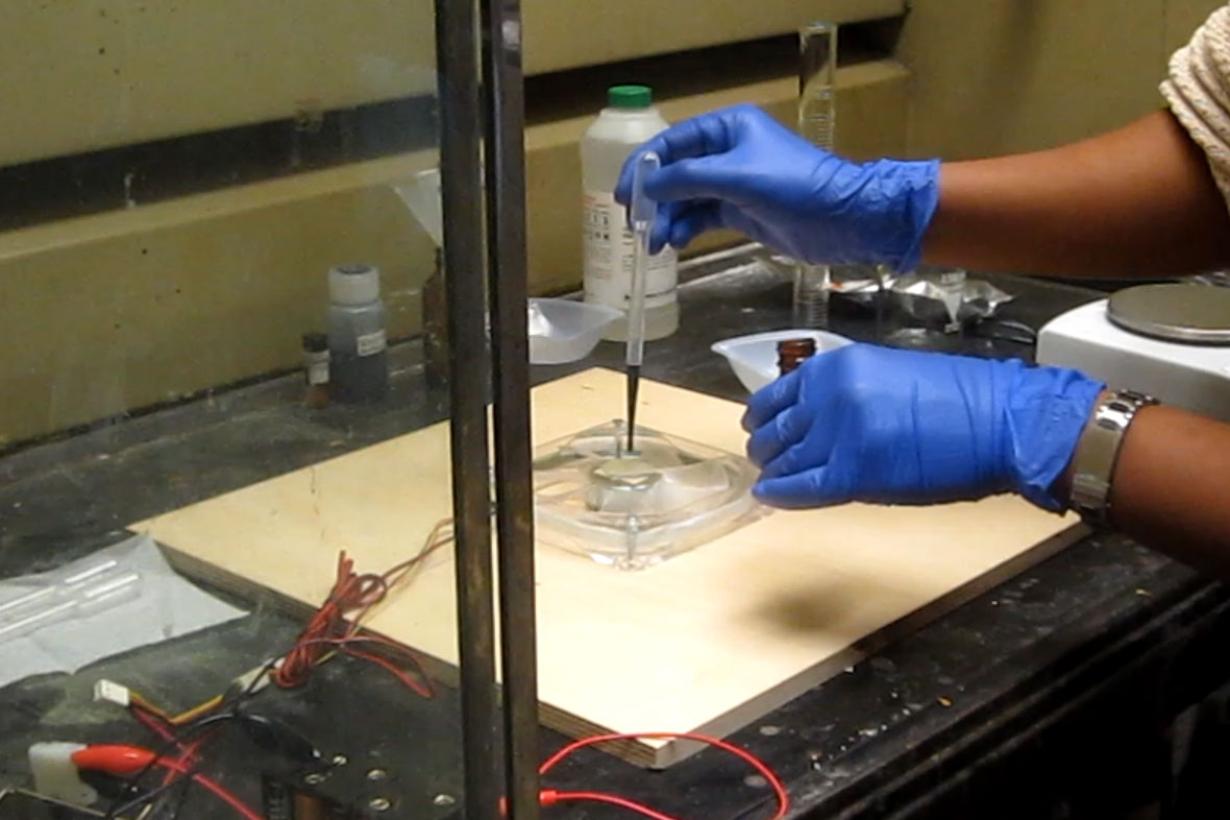
Organic Light-Emitting Diodes (OLEDs): Cart Version
In this activity, learners explore OLEDs through presentations and a spin coater demonstration. Instructions are included for facilitators to pre-make the OLEDs and the spin coater.
Product
